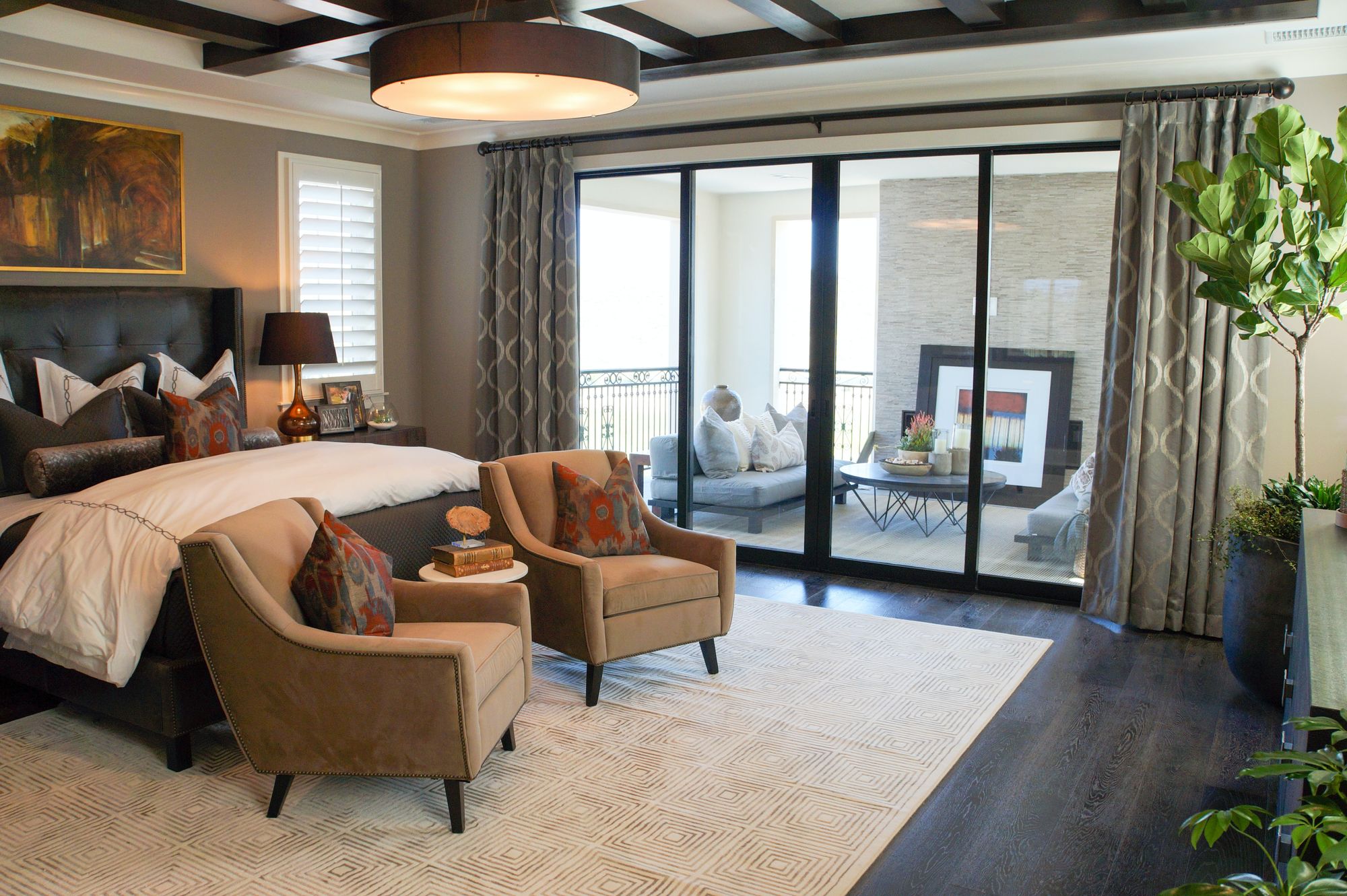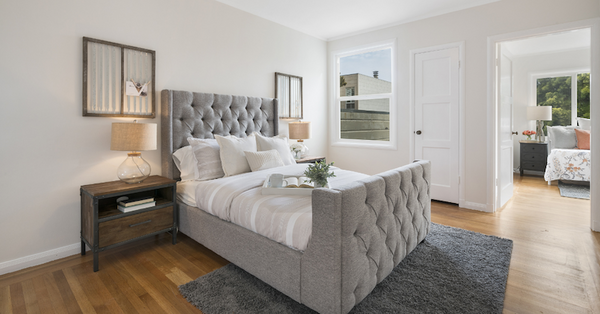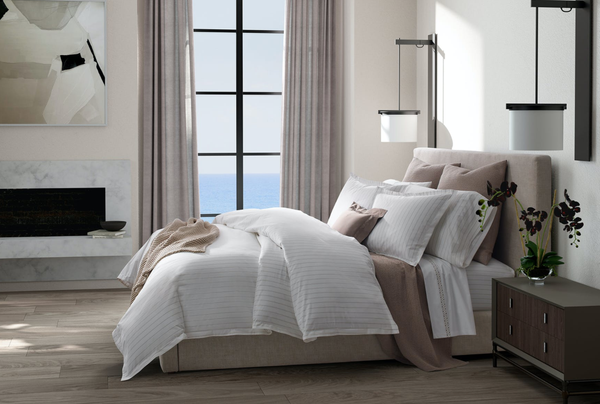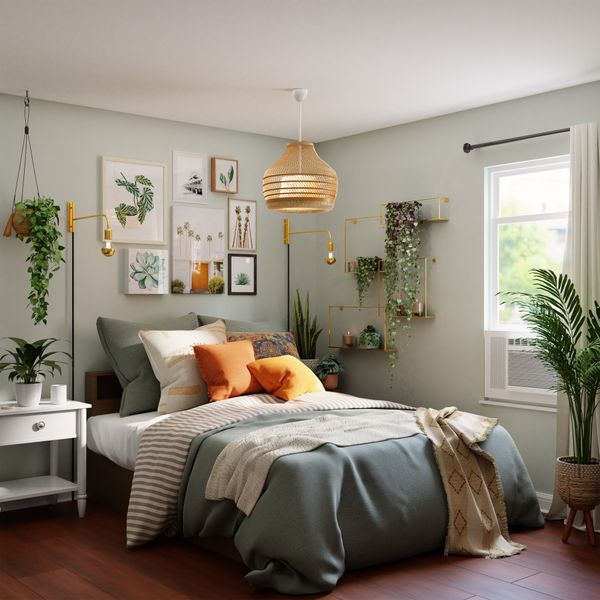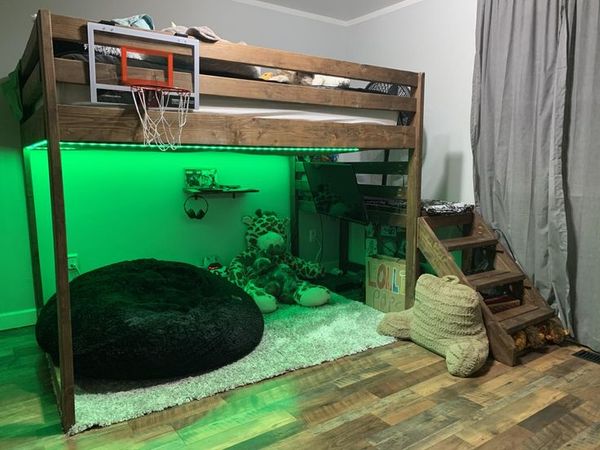Master bedrooms are often regarded as the crown jewel of a home, offering a sanctuary for relaxation and rejuvenation. With modern design trends leaning towards spacious and well-organized layouts, it's crucial to understand the average size of a master bedroom to ensure optimal functionality and comfort.
In this comprehensive guide, we will explore the factors that influence master bedroom size, the dimensions of a standard room, and tips for optimizing your bedroom layout.
Factors Affecting the Average Master Bedroom Size
Geographical Location
The average size of a master bedroom varies significantly depending on the region. In urban areas with high property prices, master bedrooms tend to be smaller, while suburban and rural homes may have larger bedrooms. Additionally, cultural preferences play a role in determining the size of master bedrooms around the world.
Home Size
The size of a home will generally impact the dimensions of its master bedroom. Larger homes tend to have more spacious master bedrooms, while smaller homes may have more modest-sized bedrooms to maximize the overall living space.
Budget
Homeowners' budgets can also dictate the size of a master bedroom. Those who can afford larger homes or custom builds may opt for bigger master bedrooms, while those with tighter budgets may have to compromise on bedroom size.
Architectural Style
Different architectural styles have unique characteristics that can influence master bedroom size. For example, Victorian homes often feature smaller bedrooms, while modern designs may lean towards more spacious layouts.
What is the standard master bedroom size?
Although there is no universal standard for master bedroom size, the National Association of Home Builders (NAHB) provides some guidelines to help homeowners and builders determine ideal dimensions.
According to the NAHB, the average master bedroom size in new homes ranges between 200 and 350 square feet, with a minimum dimension of 12 feet by 12 feet. This size offers enough space for a queen-sized bed, nightstands, and additional furniture such as dressers, desks, or seating areas.
However, it's essential to remember that these dimensions are just a starting point. Many factors can influence the size of your master bedroom, so it's crucial to assess your specific needs and preferences when designing your space.
Optimizing Your Bedroom Layout
Furniture selection and placement
To make the most of your master bedroom, choose furniture pieces that are proportional to the room's size. Consider the dimensions of your bed, nightstands, dressers, and other furniture to ensure that they fit comfortably within the space. Arrange furniture to create clear walkways and avoid overcrowding.
Storage solutions
Ample storage is a must-have in any bedroom, but it's particularly important in a master suite. Consider built-in storage solutions such as closets, shelves, and under-bed storage to maximize space and maintain a clutter-free environment.
Lighting
The right lighting can significantly impact the atmosphere in your master bedroom. Use a combination of ambient, task, and accent lighting to create a warm, inviting space. Windows and natural light can also help make the room feel more spacious.
Colors and textures
The color palette and textures used in your master bedroom can influence the perception of space. Lighter colors tend to make a room feel larger, while darker colors can make it feel more intimate. Choose a combination of colors and textures that reflect your personal style and enhance the room's dimensions.
Going Beyond the Average Master Bedroom Size
If you're looking to create a truly unique and luxurious master bedroom, you may want to consider going beyond the average size. Expanding your master suite can offer additional benefits, such as increased comfort, customization options, and higher resale value for your property.
Here are some ideas to help you create a larger, more extravagant master bedroom:
Combine Spaces
If your home layout allows, you may be able to combine two adjacent rooms to create a more spacious master bedroom. This can provide you with the opportunity to design a more open and airy space, accommodating larger furniture pieces and even additional amenities such as a sitting area or a fireplace.
Add a Walk-in Closet
A walk-in closet is a luxury feature that many homeowners dream of having. By incorporating a walk-in closet into your master bedroom design, you can significantly increase storage space while adding a touch of elegance to your suite.
Incorporate an En-suite Bathroom
Enhance your master bedroom by adding an en-suite bathroom. This not only adds convenience and privacy but also increases the overall value of your home. Choose high-quality fixtures and finishes to create a spa-like atmosphere that complements your bedroom's design.
Include a Private Balcony or Terrace
If your home's architecture and location permit, consider adding a private balcony or terrace to your master bedroom. This outdoor space can provide a serene spot for relaxation while offering additional square footage and enhancing your home's curb appeal.
Customize with Architectural Details
To further elevate your master bedroom, consider incorporating architectural details such as vaulted ceilings, exposed beams, or built-in bookshelves. These elements can add character and visual interest to your space, making it feel truly one-of-a-kind.
Conclusion
It's important to recognize that the dimensions of a master bedroom play a pivotal role in the overall comfort and functionality of a home. Whether you're contemplating a cozy, small master bedroom with just enough space for a queen size bed and essential furniture, or envisioning a large master bedroom that can luxuriously accommodate a California king bed and a walk-in closet, understanding average master bedroom sizes is crucial. The ideal floor plan should not only reflect the minimum bedroom size for practicality but also allow for personalization to suit your unique lifestyle needs. Remember, the average bedroom size varies, but with smart planning, even a compact space can be transformed into a serene and efficient sanctuary.
In addition to room dimensions, it's essential to consider how different bedroom sizes can impact the overall aesthetic and utility of your space. For those with a penchant for grandeur, large master bedrooms offer ample floor space for elaborate furniture arrangements, including king size beds, guest room amenities, and even a dedicated seating area. On the other hand, a well-designed small master bedroom can exude charm and efficiency, especially when paired with space-saving furniture like a queen size bed. Ultimately, whether you're dealing with average master bedroom dimensions or customizing a unique layout, the key lies in balancing aesthetics with functionality to create a master bedroom that resonates with your personal taste and meets your practical needs.

